Worldwide governmental bodies are setting the pace to implement regulations for the adolescent 15-year-old digital asset industry.
The European Parliament greenlighted a series of rules named Markets in Crypto Assets (MiCA), hailed as the most all-encompassing multi-territorial blueprint for digital assets. Concurrently, with China's implicit backing, Hong Kong intends to introduce a licensing framework this spring. This move puts Singapore in stiff competition to join Japan as a pivotal digital asset nexus in the Asia-Pacific domain. Furthermore, the G-20 assembly of countries advocates for uniform regulation, buoyed by the International Monetary Fund (IMF).
In contrast, the American scenario is marked by discrepancies, discontent, and discord. The presence of digital assets in today's global economy is undeniable. Repressing digital assets within the United States doesn't halt the industry's progression. It only places American enterprises in an unfavorable competitive position.
In April, the Securities and Exchange Commission (SEC) mulled over a proposal to revise the meaning of exchanges to accommodate decentralized exchanges (DEXs). Here we encounter a scenario where certain rules are applicable while others aren't as straightforward. DEXs warrant regulation and safeguards for investors. Yet, decentralized finance (DeFi) could conceivably lighten the regulatory load by codifying their stipulated rules into self-executing, auditable code.
A singular small bank manages a significant proportion of the industry's banking requirements. An alternative model suggests that a more distributed approach, wherein hundreds of banks each take responsibility for about a small percent of the industry's needs, could potentially bring about more balanced growth in both the banking and digital asset sectors.
Several factors come into play in analyzing the instances of digital asset and banking failures leading to investor fund losses. One perspective holds that it is not the presence of digital assets in the markets per se that is the issue.
Instead, it points towards the challenges posed by legislation and regulatory measures to stay in sync with rapid innovation and to establish secure avenues for investing in digital assets under the supervision of capital market safeguards. The debate continues on whether these aspects contribute to the high risks they aim to mitigate for investors.














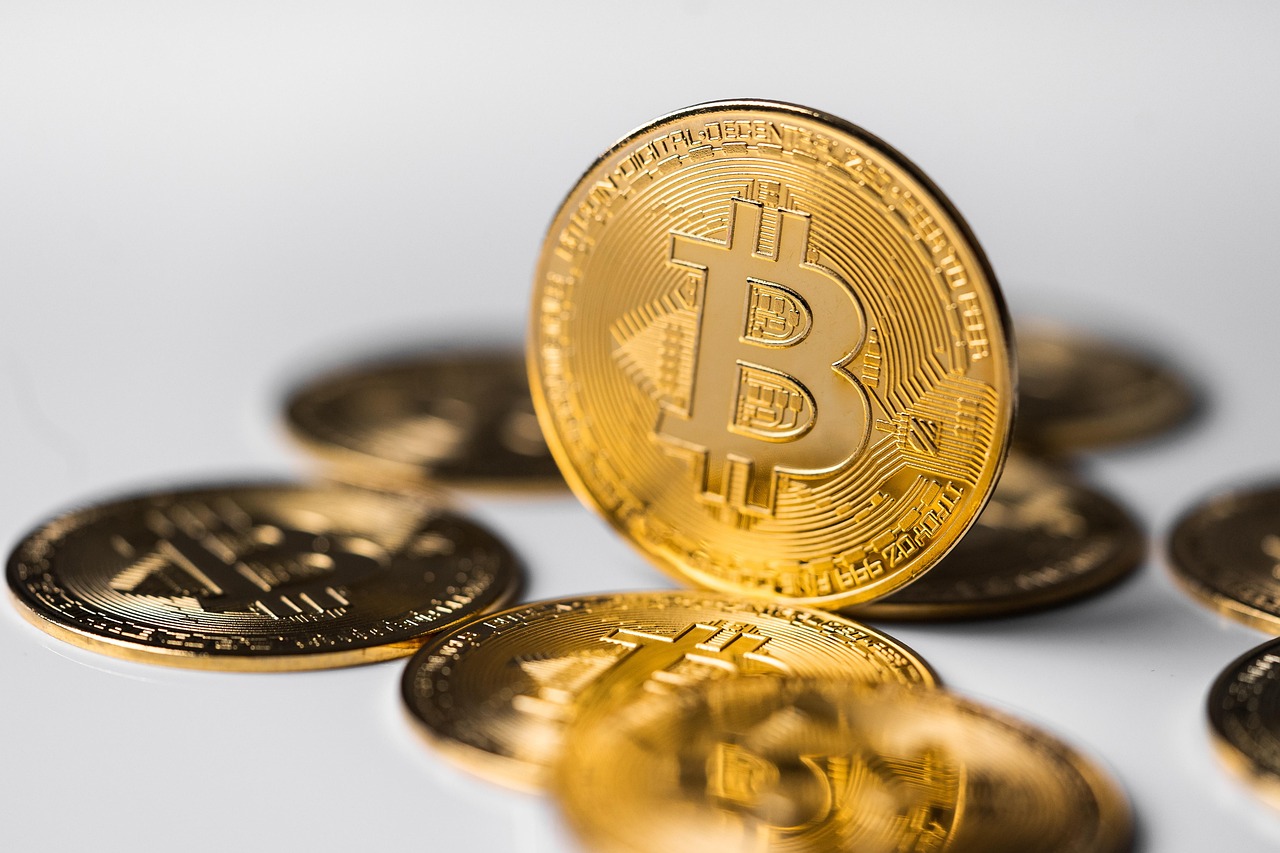

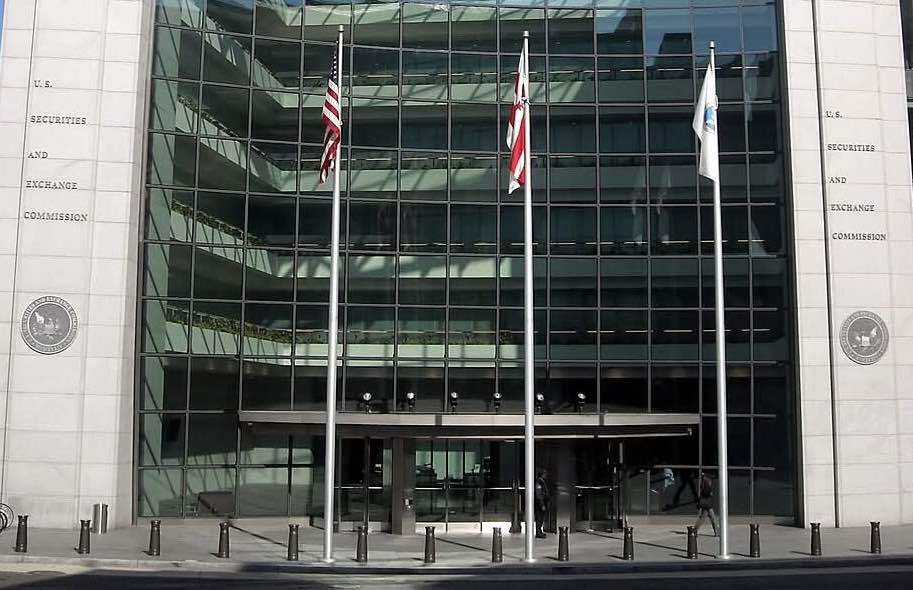



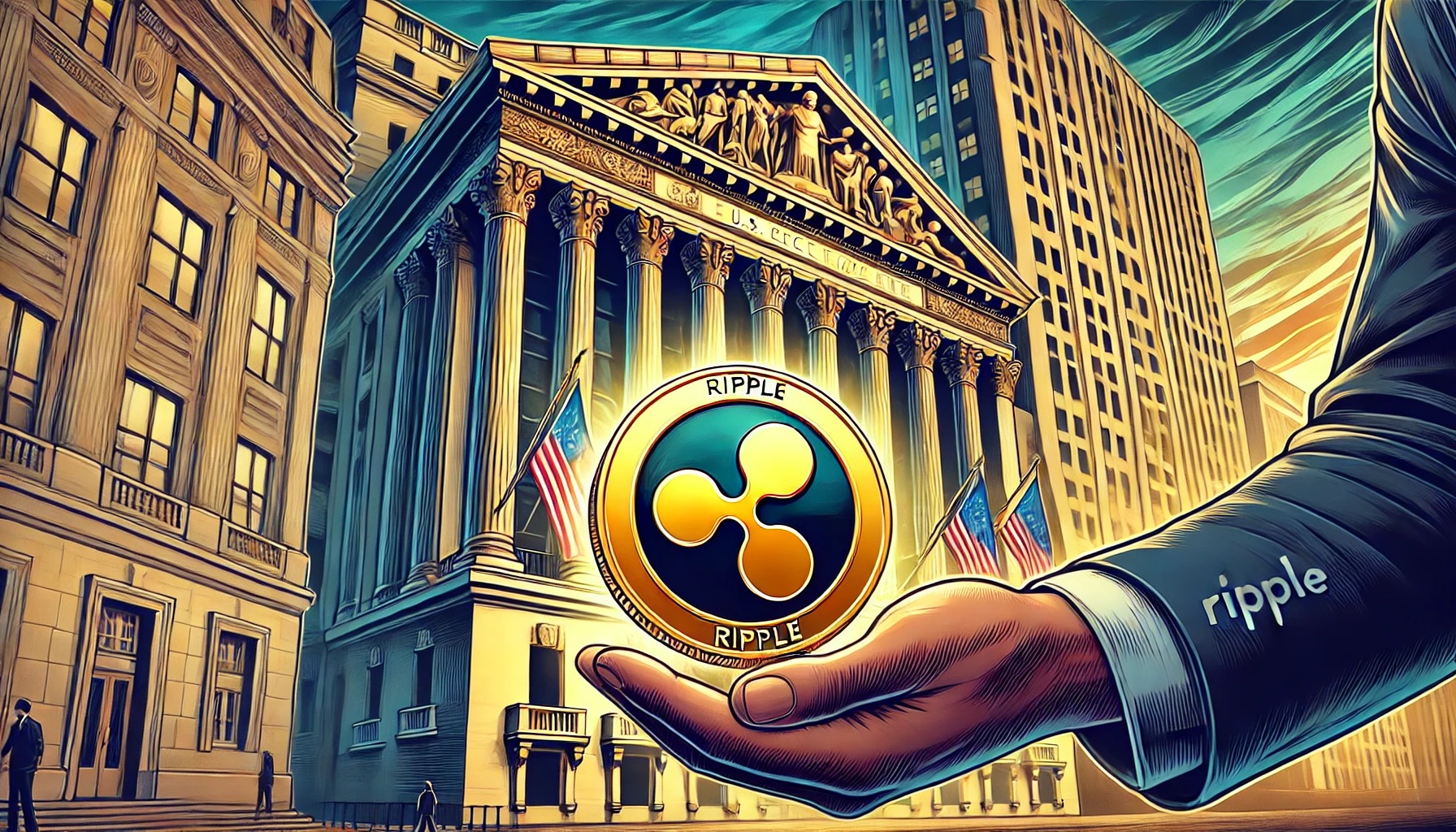
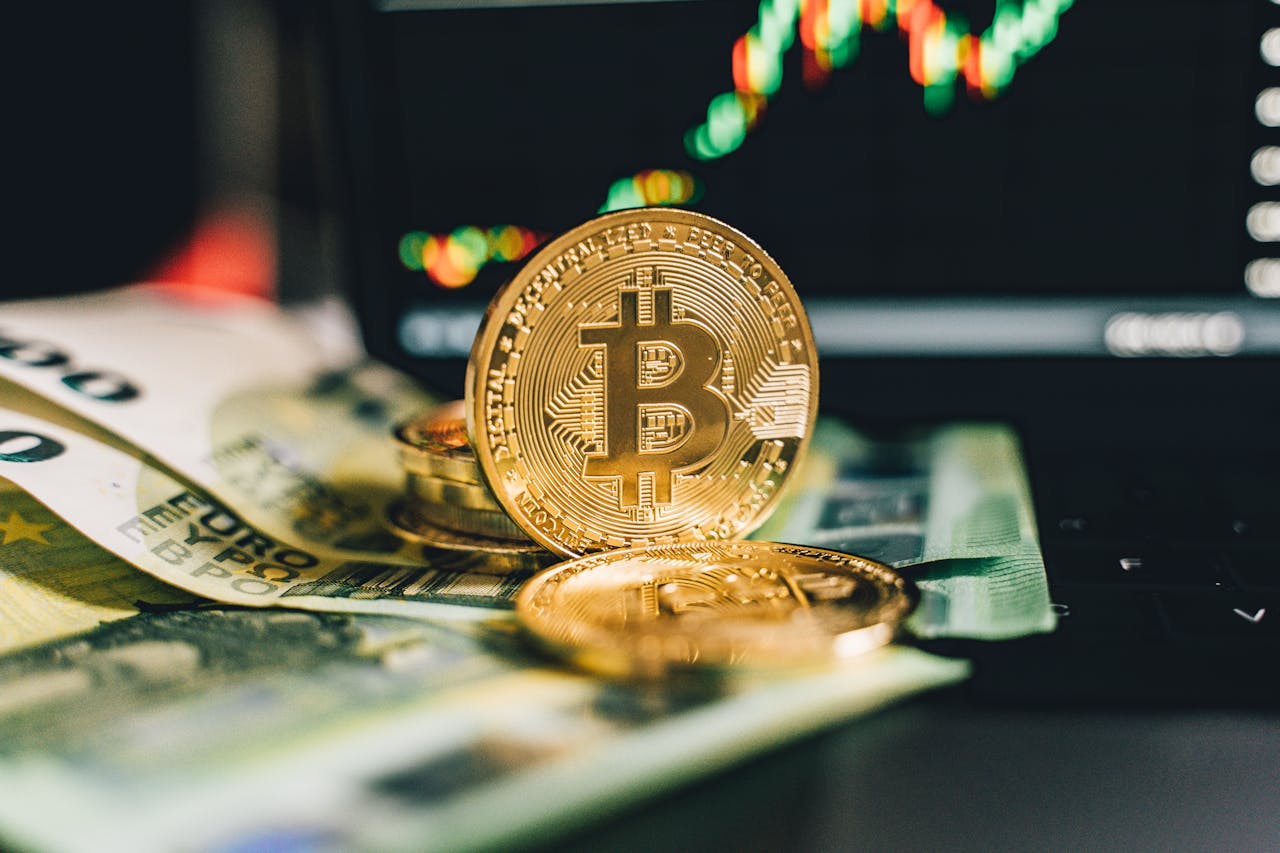
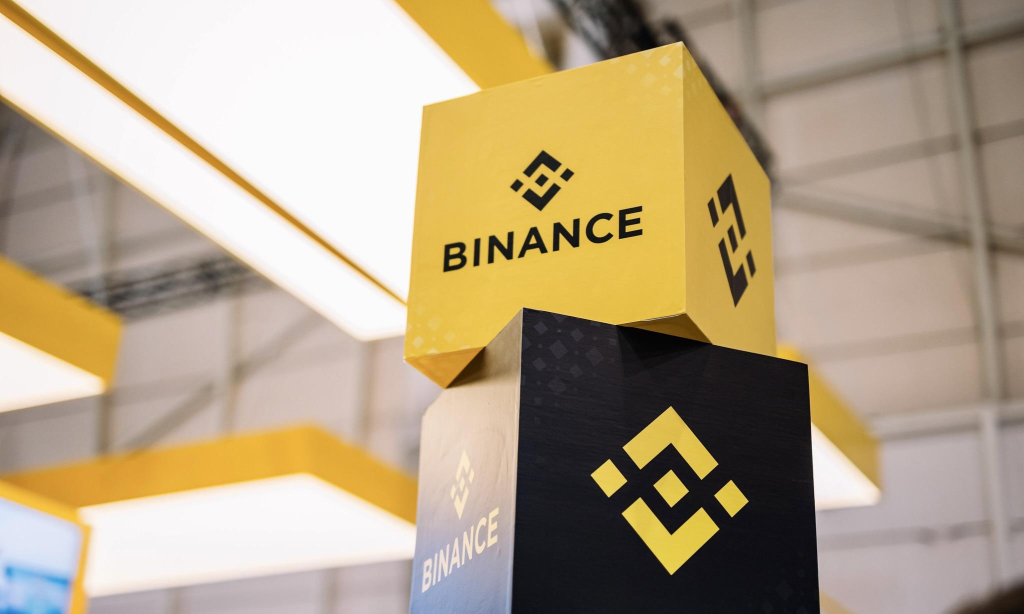

Comment 0